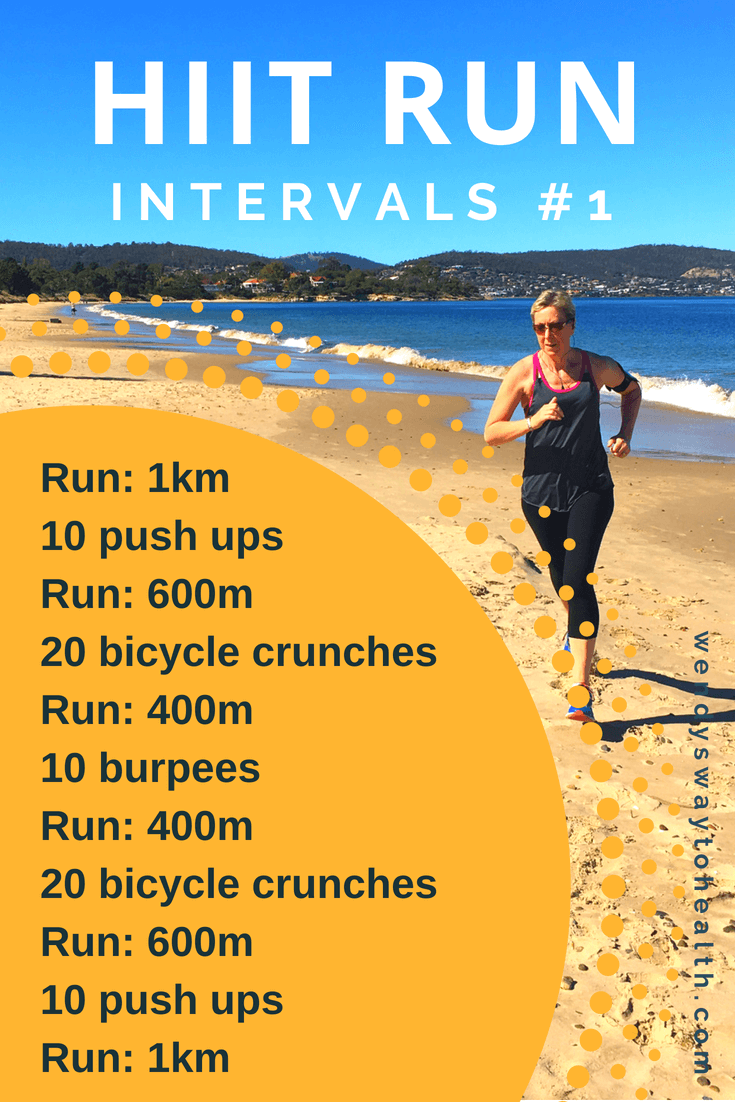Getting Rid Of Pain in Running: Approaches and Techniques That Work
Discomfort is an usual buddy for numerous joggers, usually acting as an obstacle to attaining their preferred objectives. Nevertheless, with the ideal approaches and strategies, it is feasible to get over and also stop the discomfort connected with running. By exploring various approaches such as understanding the various sorts of running pain, maximizing shoes and form, incorporating cross-training and toughness workouts, applying efficient recovery approaches, and preserving appropriate nutrition and hydration, runners can possibly minimize their pain and boost their total running experience.
Comprehending Different Kinds Of Running Pain

One more kind of running discomfort is joint discomfort, which can manifest as a sharp or throbbing discomfort in locations such as the knees, hips, or ankles (running strategy). Joint discomfort may be created by aspects like inappropriate running form, overuse, or underlying conditions like arthritis (a fantastic read). It is necessary to separate in between muscle soreness and joint pain, as the latter might need clinical interest to avoid further injury
Recognizing the different kinds of running discomfort is essential for effective monitoring and prevention strategies to guarantee a secure and pleasurable running experience.
Appropriate Footwear and Running Kind
To maximize efficiency and decrease the threat of running-related injuries, choosing appropriate shoes and maintaining proper running type are essential parts for runners of all levels. Proper shoes plays an essential duty in providing support, padding, stability, and protection for the feet and lower arm or legs. It is recommended to pick running footwear that are specifically designed for the person's foot type, running gait, and the sort of running task they engage in. Getting fitted for footwear at a specialized running store can assist guarantee the appropriate fit and assistance.

Cross-Training and Strength Exercises
Strength workouts, like squats, lunges, and Full Article core exercises, play a vital function in supporting muscles and boosting running effectiveness. They can fix muscular tissue imbalances, boost agility, and increase power outcome, all of which are important for running performance.
Incorporating cross-training and toughness exercises right into a running program ought to be done purposefully. It is necessary to enable appropriate rest in between running sessions and cross-training activities to stop overuse injuries. Furthermore, concentrating on appropriate form and strategy during toughness exercises is key to optimizing their benefits and minimizing the risk of injury. By including these elements into a running regimen, joggers can develop a more powerful foundation, boost efficiency, and delight in an extra sustainable running experience.
Recuperation and Rest Methods
Having actually established the value of cross-training and strength exercises in a detailed running regimen, focus can currently be directed in the direction of Recuperation and Relax Strategies as integral components for maximizing performance and minimizing the risk of injuries. (running workout)
Recuperation after running is essential for muscular tissue repair service and development. Techniques such as foam rolling, stretching, and massage therapy help in decreasing muscular tissue soreness and enhancing adaptability. Adequate rest in between runs permits the body to recover and adapt to the physical anxiety, preventing overuse injuries.
Integrating active recuperation days right into a training schedule, where low-intensity activities like walking or biking are executed, can boost blood flow and promote healing without putting excess stress on the muscle mass. In addition, correct hydration and nourishment play a vital role in the healing process by renewing shed liquids and nutrients.
Quality sleep is one more necessary aspect of recovery that should not be neglected. During sleep, the body undergoes repair work and regeneration processes, adding to overall physical and mental well-being. By focusing on recovery and remainder strategies, joggers can keep ideal performance levels and decrease the possibility of experiencing pain or injuries.
Nutrition and Hydration for Runners
How can joggers maximize their performance via correct nourishment and hydration methods? Nutrition and hydration are vital elements of a runner's training regimen, playing an essential role in efficiency, endurance, and healing. To improve performance, runners must concentrate on consuming a healthy diet regimen that consists of carbs, healthy proteins, healthy fats, vitamins, and minerals. Carbohydrates give power for running, while proteins aid in muscle mass fixing and recovery. Healthy and balanced fats sustain general health and wellness and help in soaking up crucial nutrients. Appropriate hydration is also necessary to preserve optimum efficiency, as even mild dehydration can adversely affect running efficiency. Runners need to drink water prior to, throughout, and after their runs to remain hydrated. Electrolytes, such as sodium and potassium, are additionally essential for keeping liquid equilibrium and muscle mass feature - running strategy. Furthermore, timing meals and treats properly prior to runs can aid prevent intestinal pain and offer the required energy for peak performance. By taking notice of their nourishment and hydration, joggers can enhance their endurance, speed up recuperation, and perform at their best.
Final Thought
In conclusion, by recognizing the numerous types of running discomfort, putting on correct shoes, keeping appropriate running form, integrating cross-training and strength workouts, focusing on recovery and rest, and concentrating on nourishment and hydration, runners can efficiently get over pain and boost their performance. Applying these strategies and techniques can assist runners stop injuries, boost their endurance, and eventually delight in a much more satisfying running experience.
Comments on “The Ultimate Running Strategy Guide: Achieve Your Physical Fitness Goals”